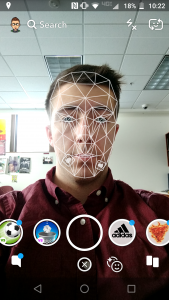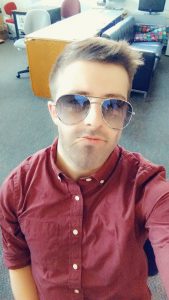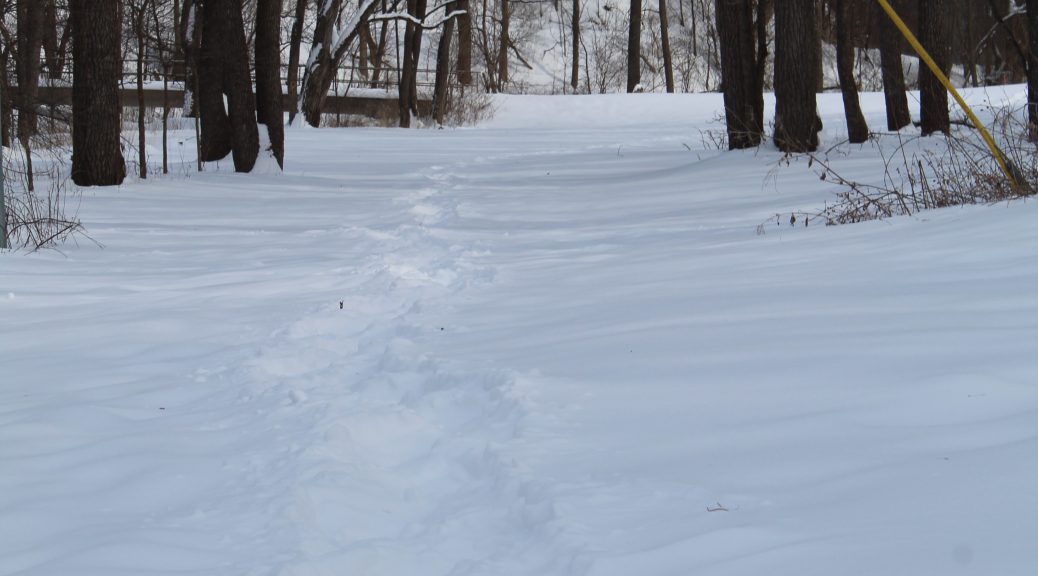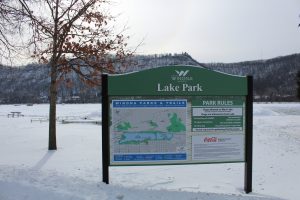Winona State University held its first Sustainability Fair where students could talk to students, community members and businesses about sustainability.
The fair was February 27 and was held in the East Hall of Kryzsko Commons from 4-7 p.m.
Leah Dechant, a Winona State student and student worker for the sustainability office was one of the main planners of the fair.
“I always notice that students don’t really know much about sustainability,” Dechant said. “Or that we live in such a great area called Winona with all these options, they’re all local, organic, sustainable businesses, or companies that provide environmentally friendly options.”
She said the fair was designed to create a place for community members as well as students, faculty, and staff to get together in one place with a common theme of sustainability.
The fair showcased sustainable practices and ideas in and around Winona State.
There was no fee to attend the event and the booths were set up without a registration fee. Free snacks were also set out for people to enjoy and there was live music.
Jeanne Franz, a sustainability advisor and professor at Winona State said that Dechant reached out to people and businesses, and said, “No fee. If you want to come, please come.”
A banner was on a table being signed by people who came to the fair. One signature meant one pledge to live more sustainable.
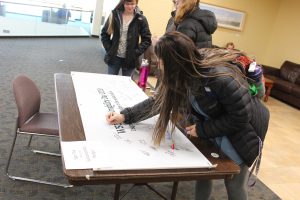
Franz said 12 years ago, Winona State signed the president’s climate commitment that by the year 2050, Winona State will be carbon free or carbon neutral.
This means Winona State will not produce carbon more than is being consumed by the university.
Franz said Winona State has begun taking steps toward this goal.
Dechant said that there are other things that she would like to see on campus as well.
“I would love to see more sustainable technologies, buildings and projects on campus,” Dechant said.
Franz said, “A few years back the students voted themselves a green fee which has helped fund the sustainability office including a full-time person, Nathan Engstrom, whose job is completely devoted to sustainability.”
One exhibitor talked about what you can do with certain spices and home remedies for ailments.
He had made his own kombucha that he shared, as well as showed his dried herbs and spices that he had collected and foraged.
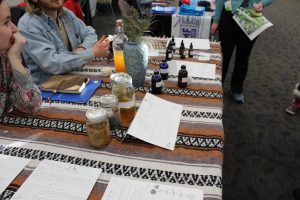
Dechant’s table was handing out reusable water bottles and seeds participants could plant.

“It’s not a hobby or lifestyle anymore,” Dechant said. “We need to change our ways.”

